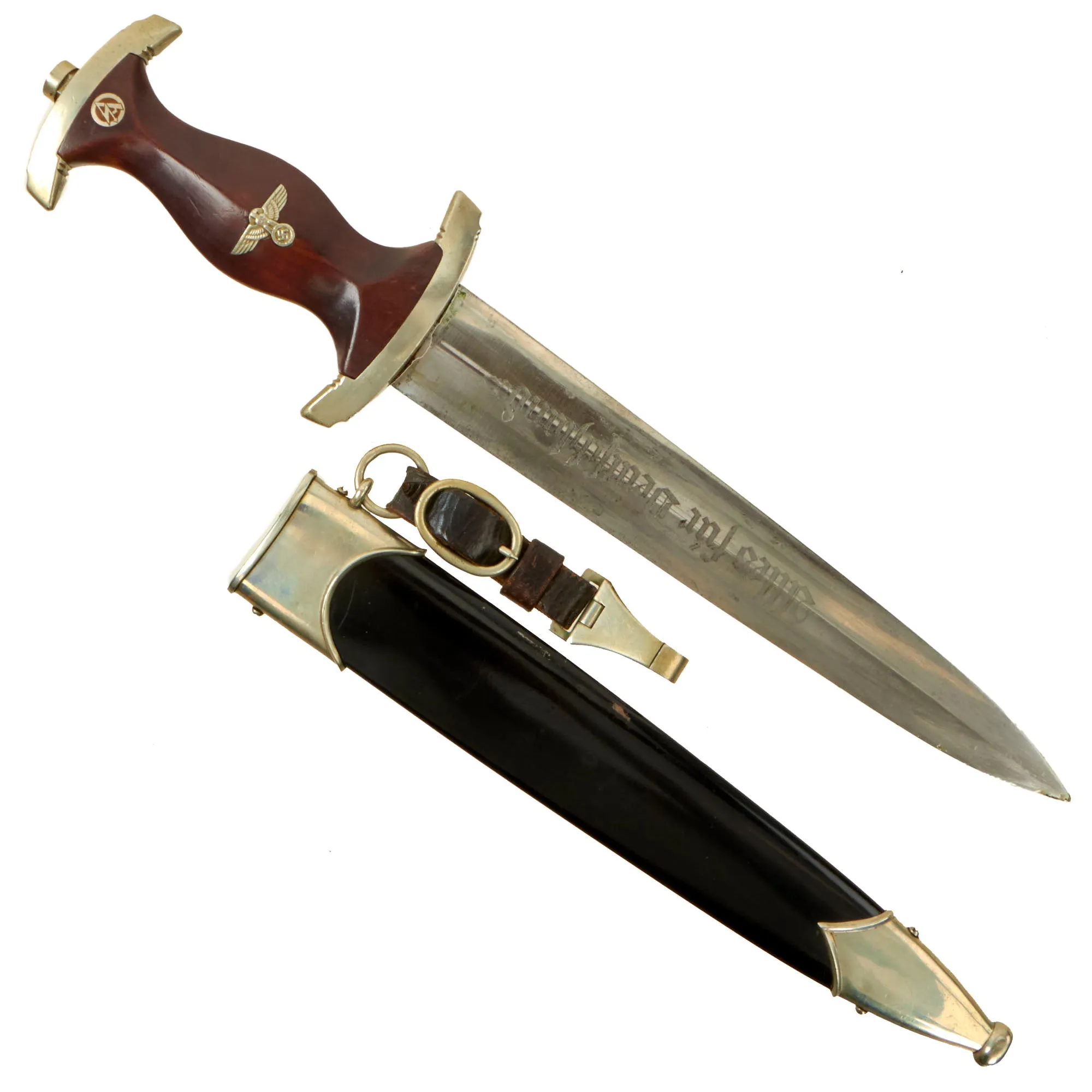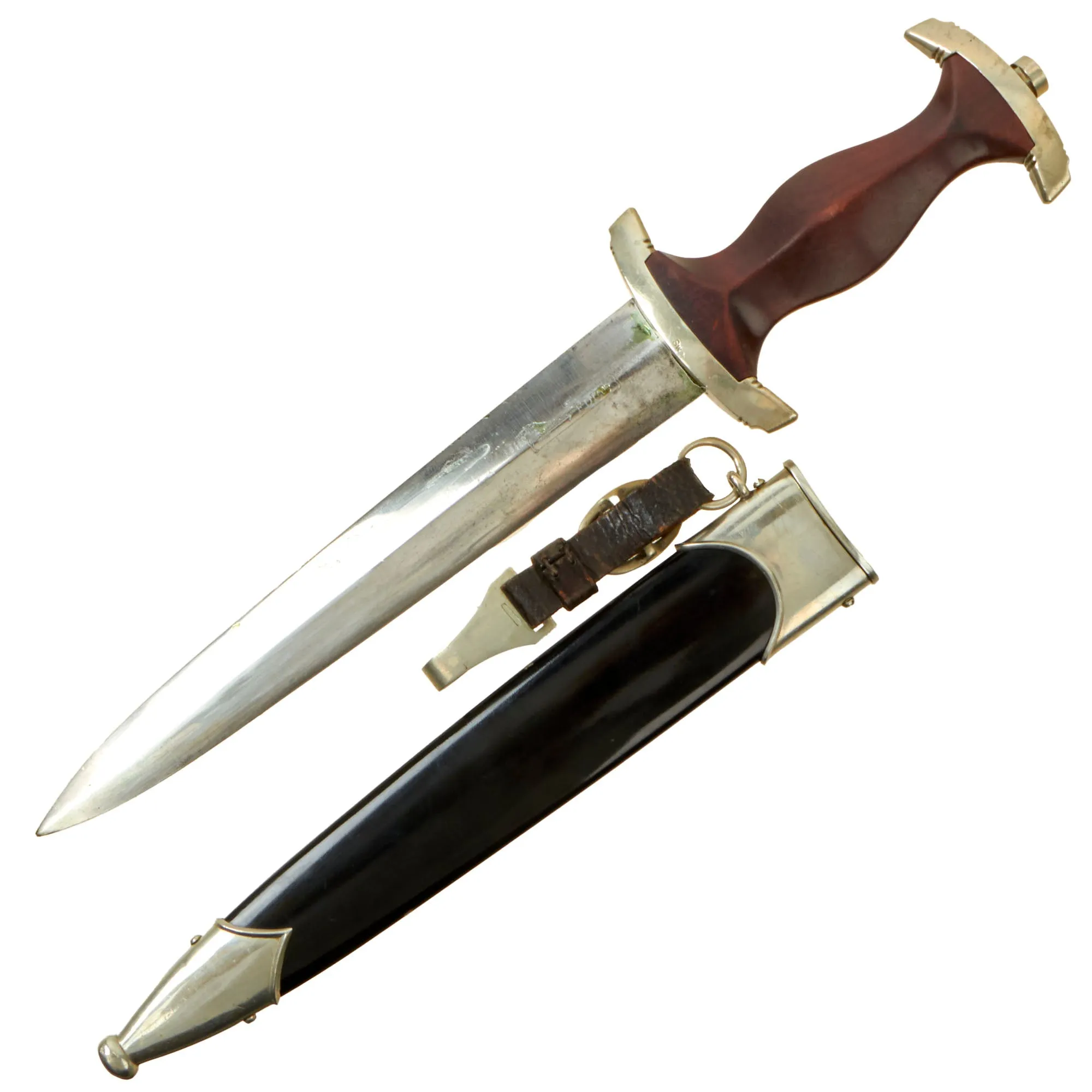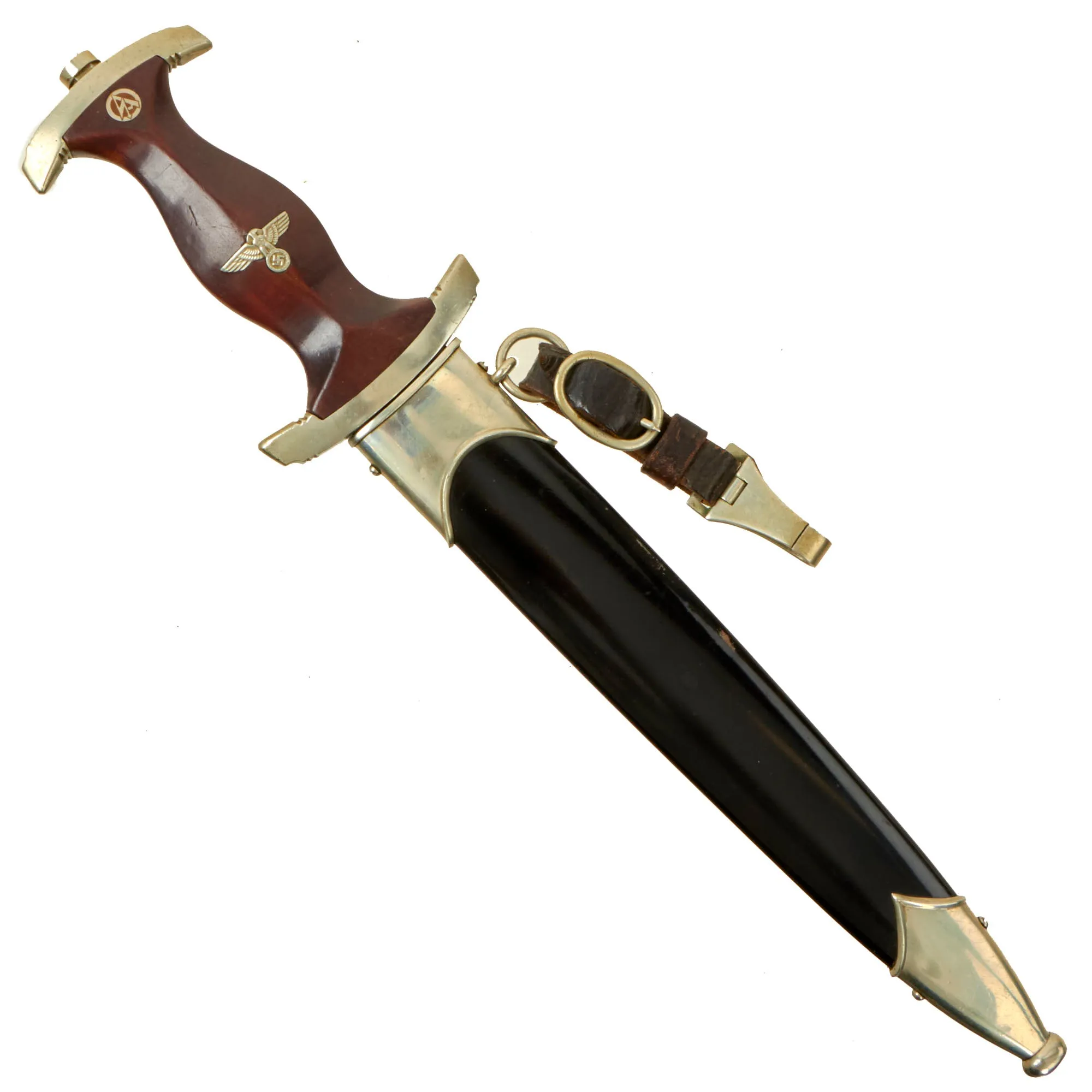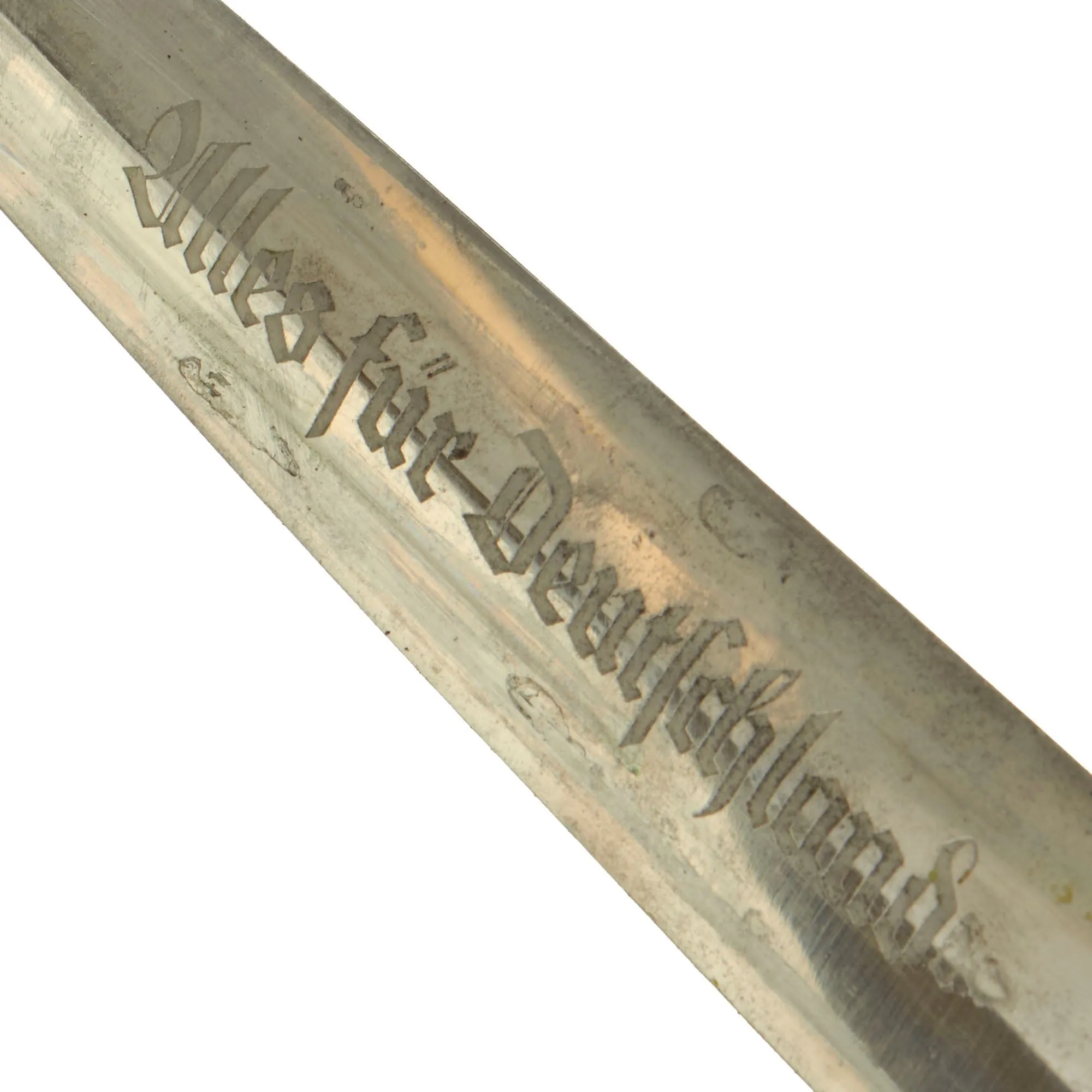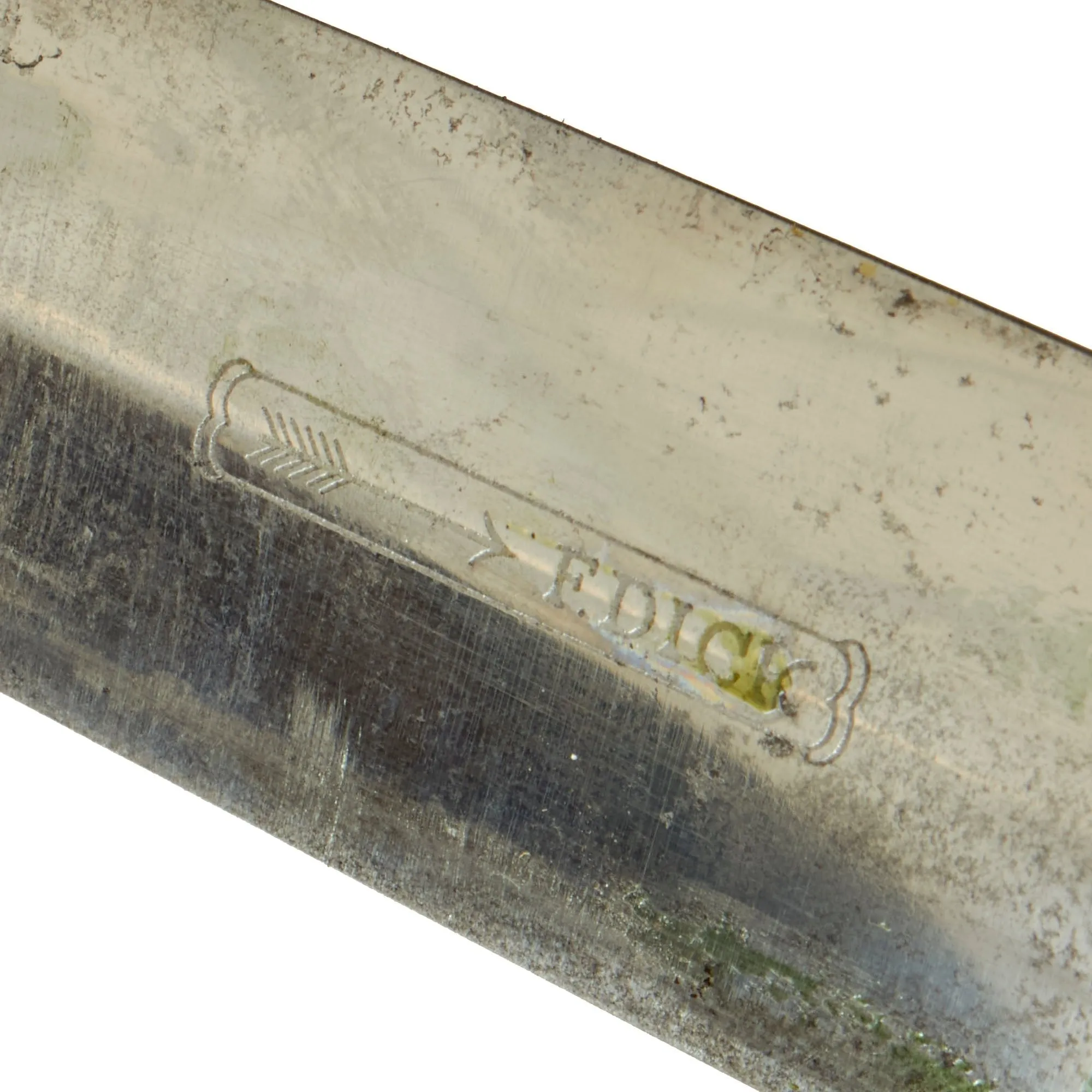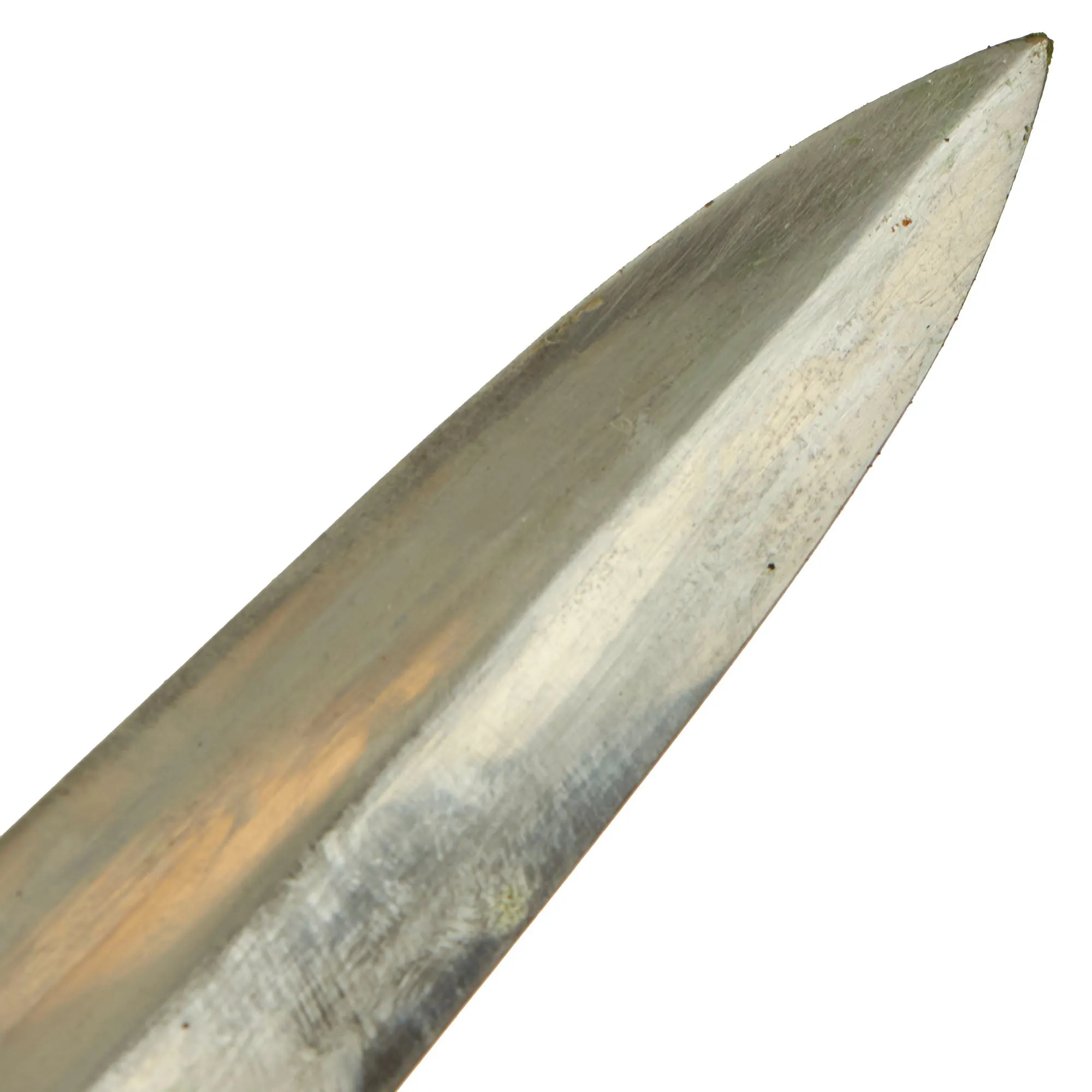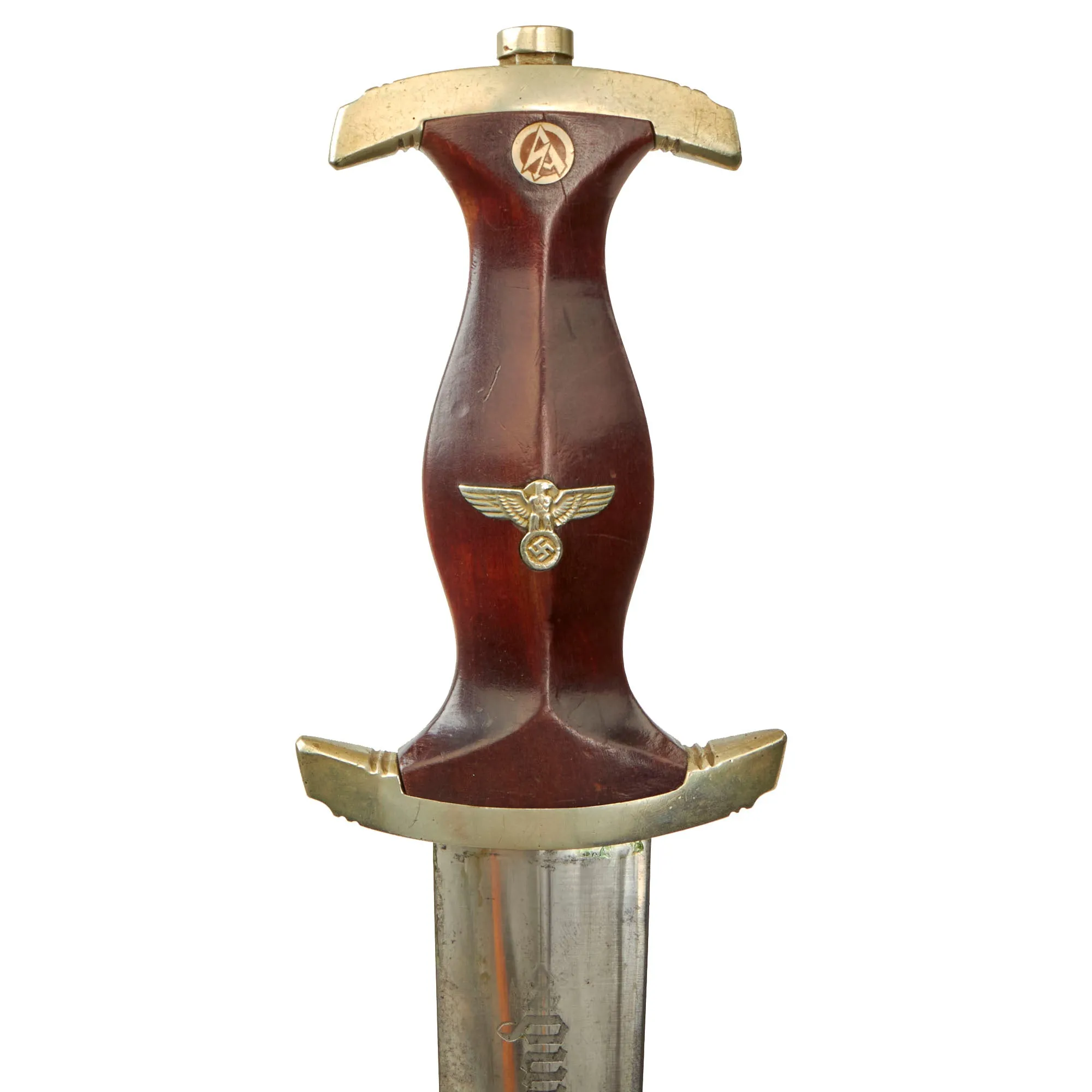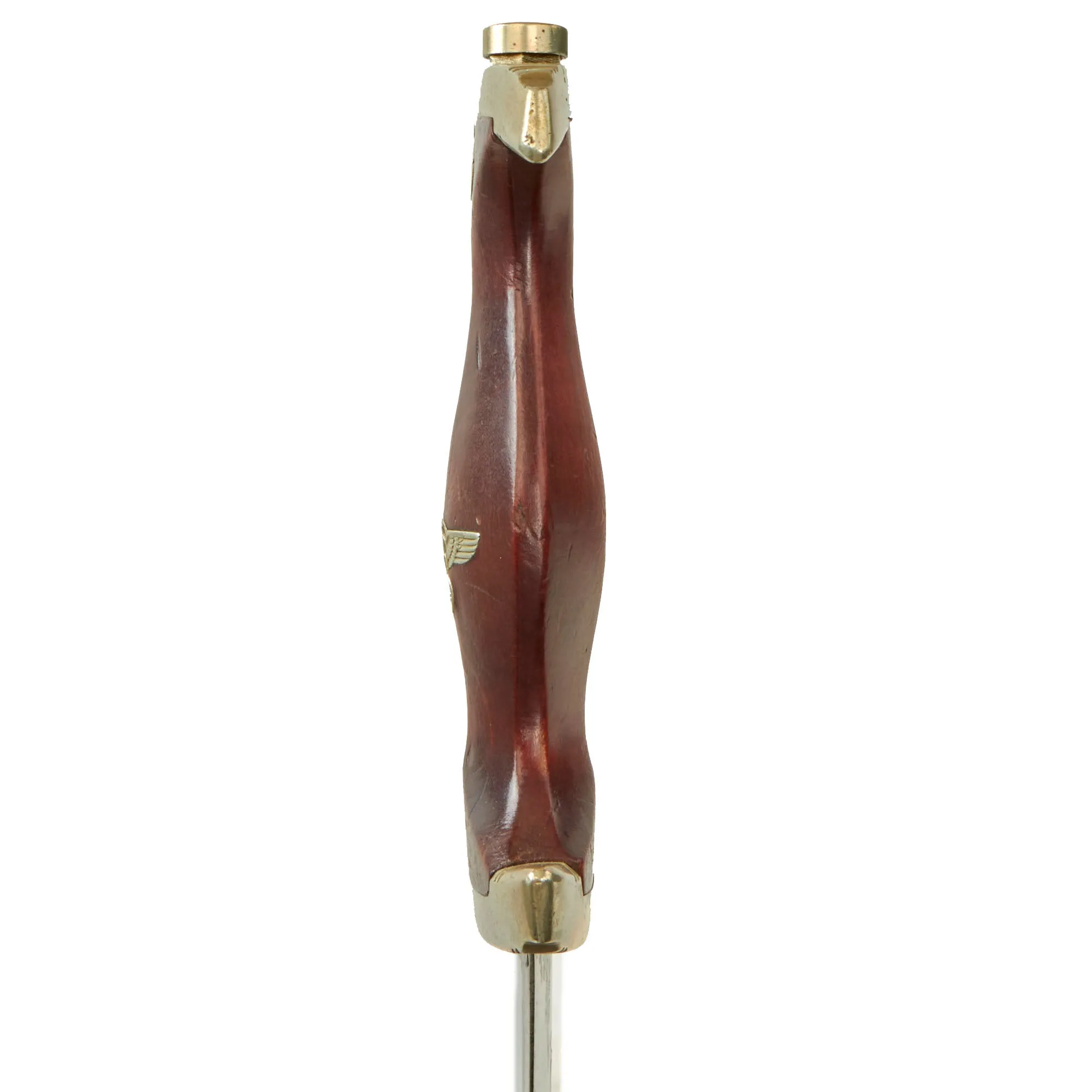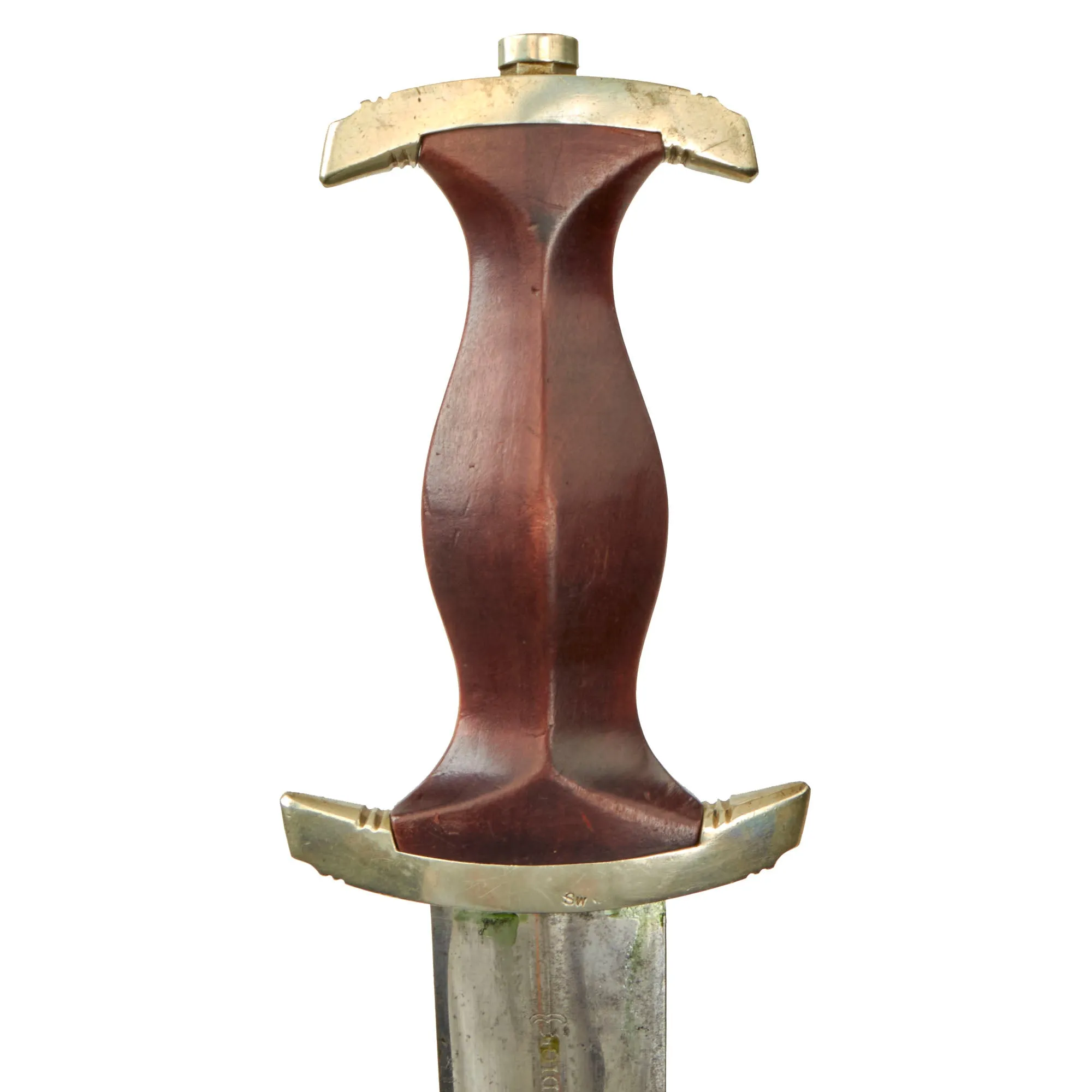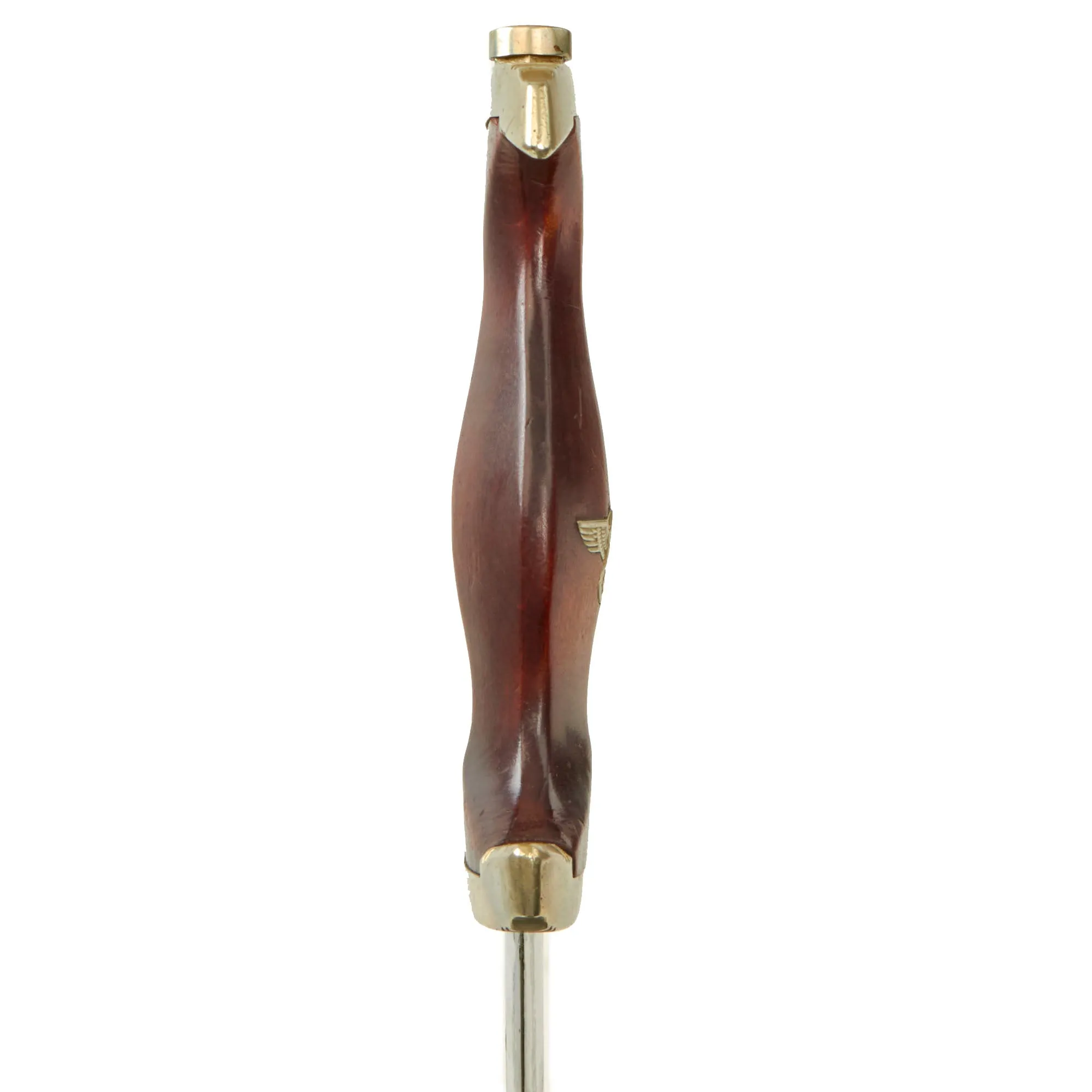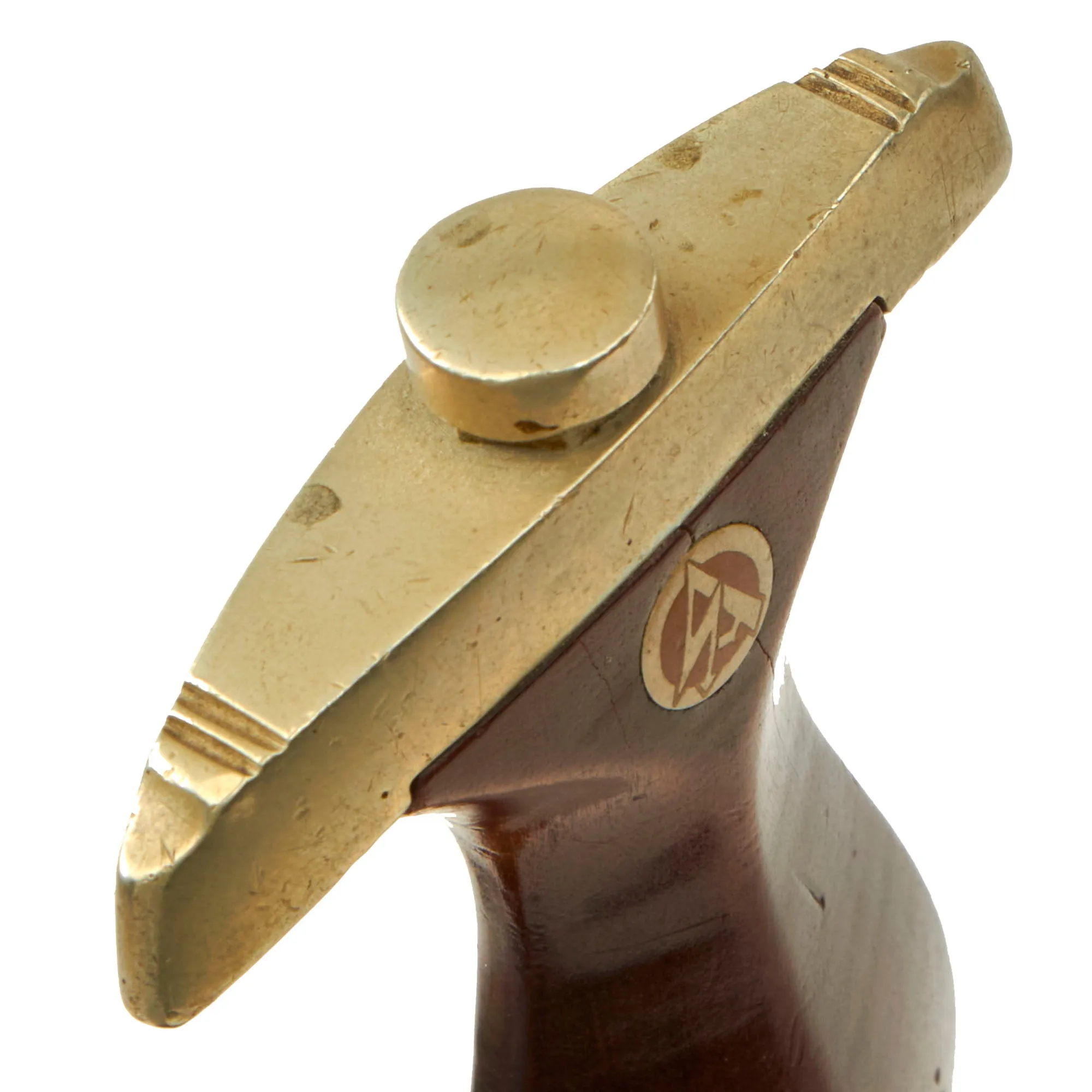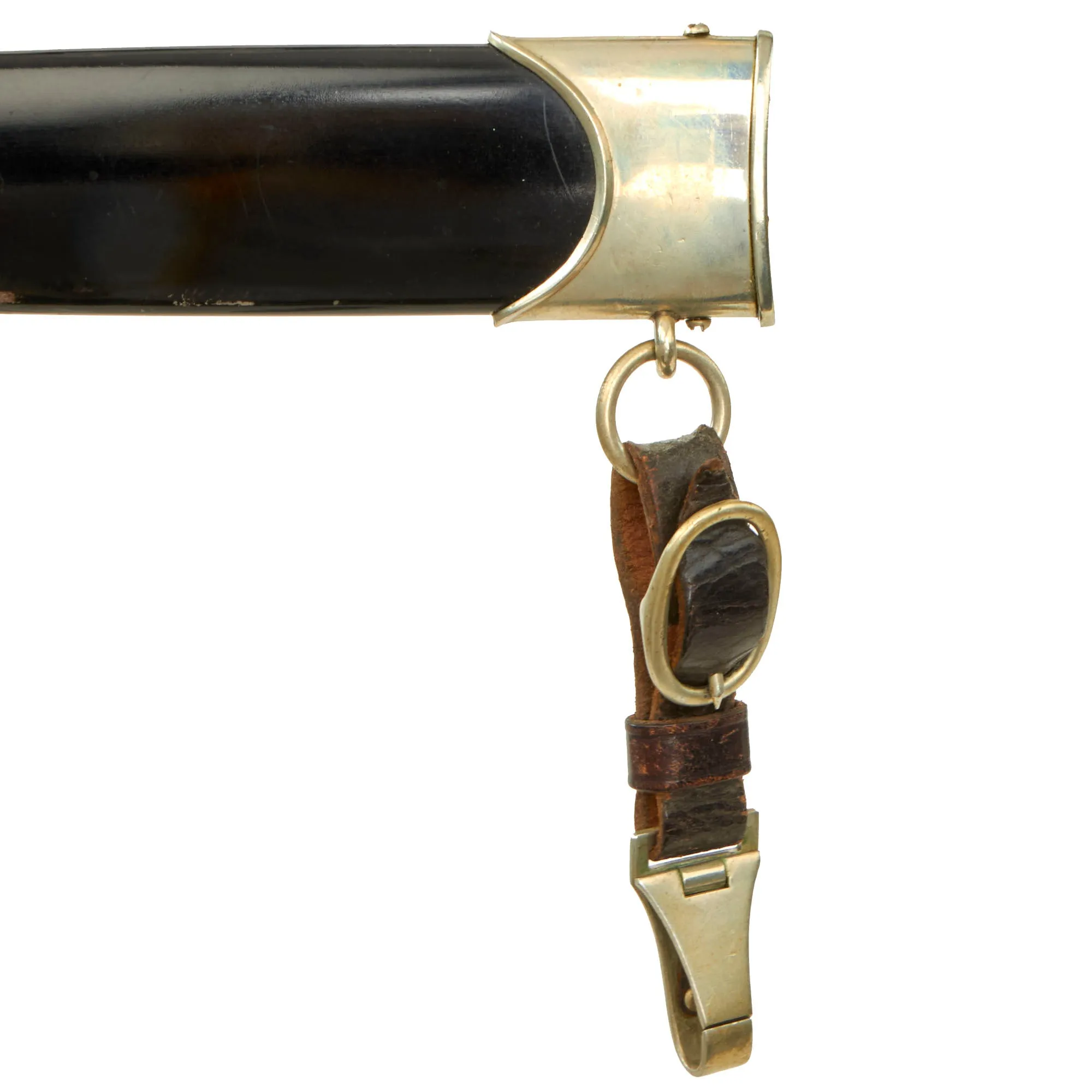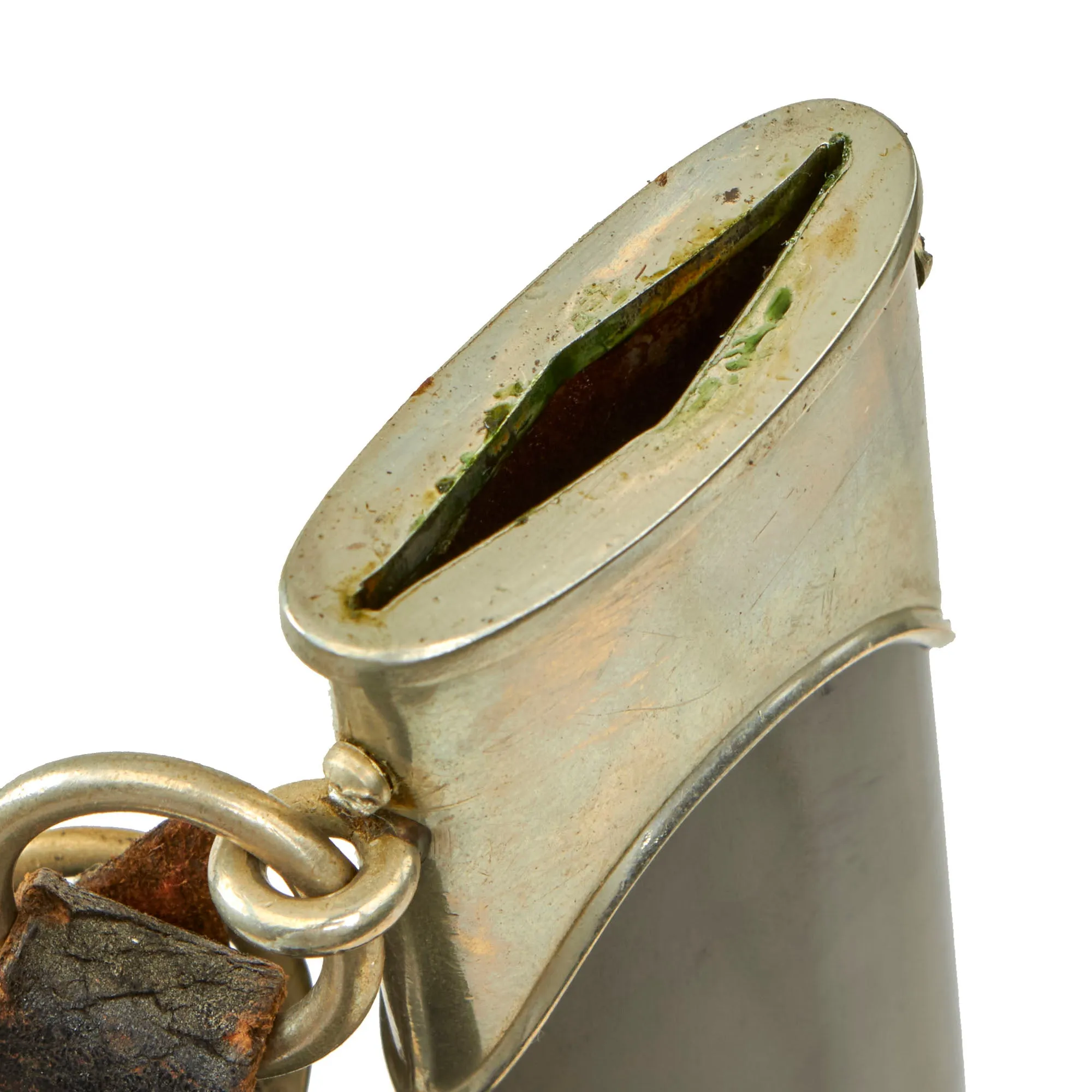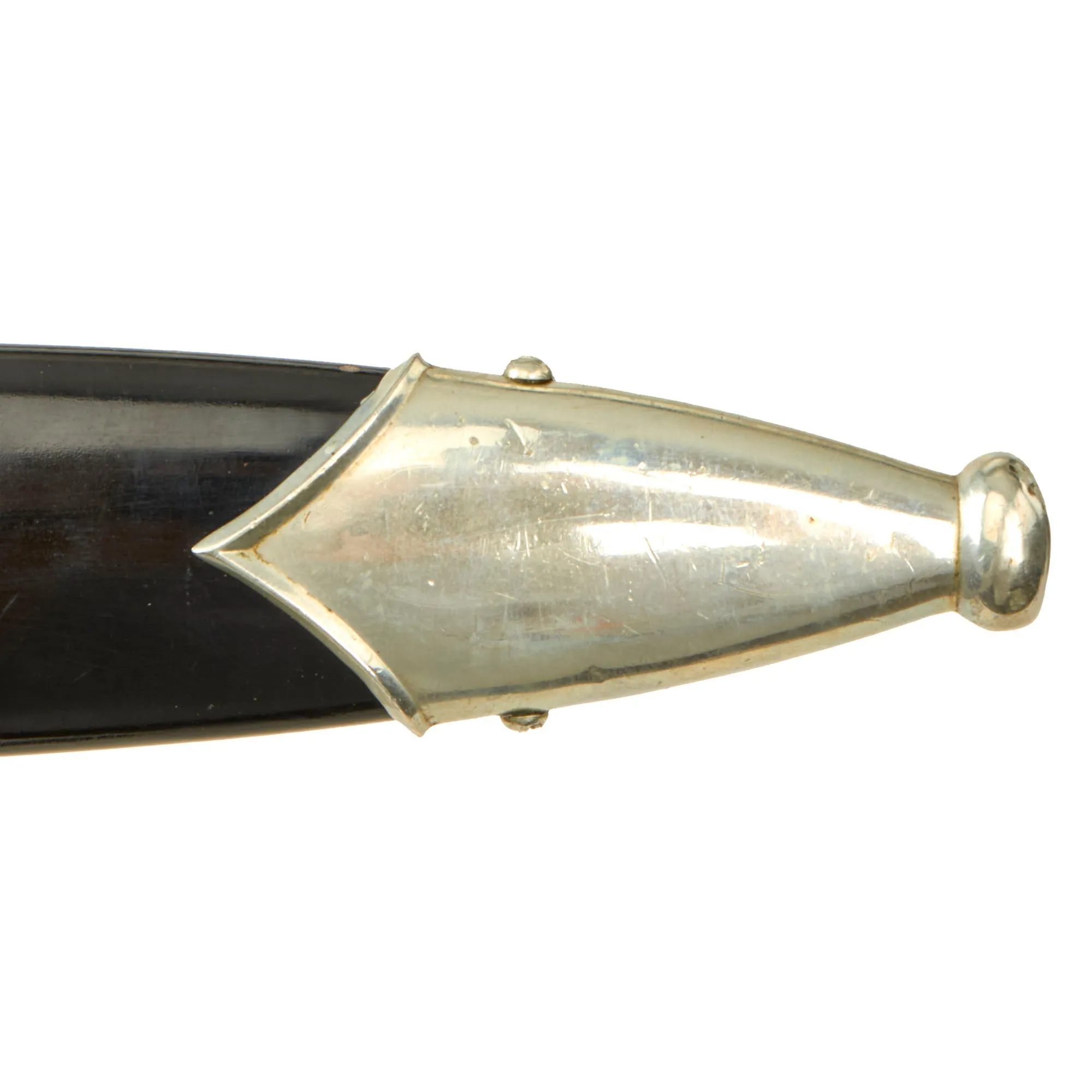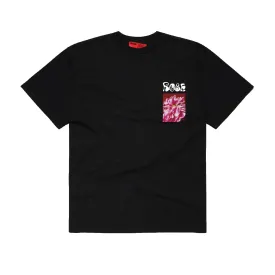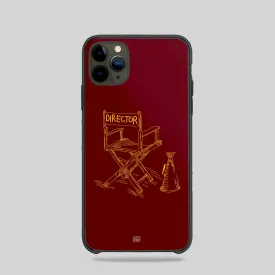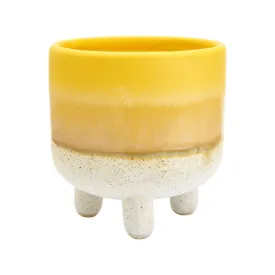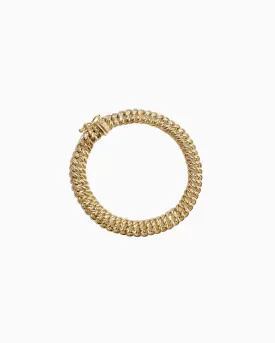Original Item: Only One Available. This is a lovely early pattern NSKK Dagger, made by the very desirable firm of Paul. F Dick, located in Esslingen, Germany. This company had made NSKK and SA daggers since the Röhm era, but only made them in limited numbers throughout the war. It comes comes compete with an original belt hanger and scabbard, which is the correct early type, though it does look to have been refinished. It is very possible that this was originally an SA dagger, which are identical to the NSKK dagger except for the finish color on the scabbard.
The dagger has solid nickel silver fittings throughout, and is a really nice example. The cross guards and tang nut are in very good condition throughout with all fittings having a nice lightly aged patina. There is some age to these mounts but there is no lifting anywhere, showing that they are solid and not plated. The lower reverse guard is Gruppe/Gau marked Sw ,for Sudwest (South West) a district in far South West Germany, with the principal city being Stuttgart. This feature was only seen on daggers produced 1935 and prior. The nickel alloy pommel nut is in great shape, only minor signs of turning on the hexagonal portion, and the handle is still tight on the tang.
The grip is a fine product having a lovely deep red mahogany color, almost cherry red, with medium center ridge construction, showing just a bit of wear and a few small dents. There is a small crack running through the symbol button, which we often see, with one or two hairline cracks next to the pommel guard on each side, which could just be part of the grain. The symbol button is nicely set, and still has almost all of the translucent enamel intact, showing light wear to the surface. The plating looks to be fully intact, and really looks great. The grip eagle is a fine example being the style with beak that points straight. Most of the details are still there to the eagle to include the beak, breast feathering, wing feathering, talons, wreath and mobile swas. There is a bit of wear and oxidation, showing that is the correct solid nickel silver for an early pattern eagle.
The blade is in very good condition and mostly bright, still showing the original factory final grind cross grain throughout both sides, though it is faint in areas. This texture is iconic, and is the definitive identifying characteristic for a real WWII German Blade. It shows some signs of cleaning, but the grain is still present in many areas, except where the runners have worn it smooth. There is evidence of past water staining and oxidation on the blade, which was cleaned away. The tip of the blade is still intact, and the edges are correctly unsharpened. The acid-etched Alles für Deutschland (Everything for Germany) SA motto is crisp, and the factory darkening retained at about 30%.
This fine example was produced by desirable maker Paul. F. Dick of Esslingen, and rear of the dagger is marked with the company's trademark "der Pfeil" (the Arrow) logo inside a cartouche:
(Arrow) F. DICK
Paul Freidrich Dick, Stahlwaren- und Werkzeug-Fabrik (Steelware and Tool Factory) was a storied edged weapon producer located in Esslingen am Neckar, Württemberg. According to J. Anthony Carter's book, GERMAN KNIFE AND SWORD MAKERS, the company was first founded in 1778, and traded as Freidr. Dick until 1920, when it became Paul. F. Dick. They made most of their SA and NSKK daggers with the 1895 "No. 433" trademark marked vertically on the blade.
The scabbard shell is straight and is the early-war style, which originally had an "anodized" finish on the steel, which was then lacquered. This example lost all of the lacquer, and looks to have had the anodization mostly wear away. It then had the body repainted with black enamel during the WWII period, and that finish now shows crazing and checking due to age. There are a few areas of finish chipping and wear, which has allowed the scabbard body to oxidize. The upper and lower fittings are solid nickel silver, with a great lightly used look. The chape fitting at the end of the scabbard is dented, though not split, as the nickel alloy is somewhat soft, a common thing to see. The throat nicely matches the crossguards, and all fittings have their original dome headed screws, which are in very good shape
Attached to the hanger ring on the scabbard is a very nice early pattern belt hanger, with solid nickel hardware and dark brown or black finished leather. The leather is in good condition, showing a wear and wrinkling to the finish, but no tearing or other major damage. There is no maker marking we can see on the fully functional end clip.
A very nice early war SA dagger by a very rare and desirable maker, complete with a repainted scabbard. Ready to display!
Specifications:
Blade Length: 8 3/4"
Overall length: 13 3/4”
Crossguard: 3”
Scabbard Length: 10”
History of the SA & NSKK-
The SA or Brown Shirts, were a private political formation which Adolf AH and the NSDAP used to maintain order at organized Party meetings and demonstrations. The group was formed in 1921, and grew to a huge force of nearly 3,000,000 men by the later 1930's. To instill esprit de corps, as well as create employment for the Blade City of Solingen, it was decided each SA man would carry a dagger with his Brown Shirt uniform. Huge quantities needed to be produced to accommodate the demand. The dagger initially was produced of hand-fitted nickel mounts with attractive finished wood grip and brown anodized (a bluing process) finished scabbard.
The blade was etched with the SA motto, Alles für Deutschland. Examples produced prior to 1935 were stamped with the German sector of the SA group on reverse lower crossguard. Later examples underwent standardization through the RZM ministry. These pieces were produced of cheaper plated zinc-base fittings and scabbards were simply painted brown.
Prior to his "unmasking" as a traitor, Ernst Röhm was the leader of the SA. In 1934, he distributed approximately 100,000 SA daggers with his personal inscription on the reverse blade. These daggers were to honor individuals who had served with the SA prior to December, 1931. Other than the inscription, these pieces were identical to the standard M1933 SA dagger. After the Röhm purge, the inscription was ordered to be removed. Many examples were returned to the factory for grinding. Others were simply ground in the field by whatever means were available. Examples will occasionally be encountered with remnants of the original inscription remaining on the blade, but mostly none will remain. Some blades exist with an intact inscription, reflecting only the removal of the Röhm signature. Very very rarely is an example seen with a full, untouched inscription, as the holder would have surely risked a charge of treason.
After the purge, the NSKK, which had been a part of the SA, was split off into a separate organization. They retained the same daggers as the SA, however now used a black painted scabbard, and their officer's daggers had a few differences as well. Many already had SA daggers, so these had the scabbards painted black over the original brown anodized finish.




